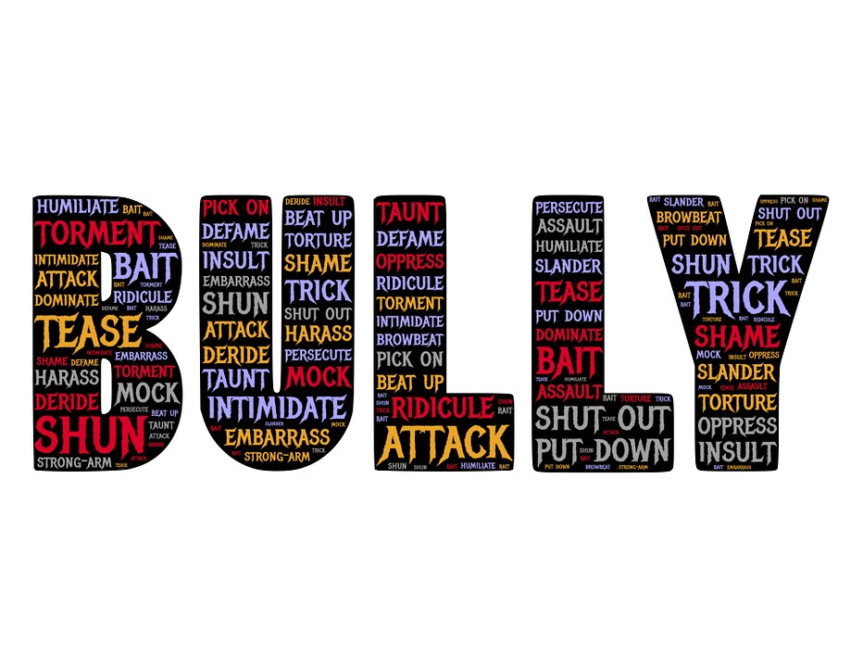
Mean girls have been around for as long as there were girls. Bullying is a problem that still persists until today and the internet has given the bullies a platform to terrorize their hapless victims. While physical beatings from traditional school yard bullies can scar kids and may even injure them temporarily, hurtful words said online can cause the same trauma if not more. Name calling as a means to embarrass someone online can lead to serious emotional distress especially to younger people. Cyberbullying education has to be one the main concerns going forward.
If you are like most parents coming from a vastly different generation from your kid, then you might find it difficult to find the right time to step in when protecting your child. For instance, technology has developed way too quickly and some of the things that our children tinker with might feel alien to us. Games and social media are two of the common kinds of applications that keeps these young kids busy all of everyday using mobile devices that they can keep in their pockets. They also often connect to their peers using countless channels such as texting and messaging apps. The means of communication has changed so much now that even emailing and ordinary phone calls will be seen as outdated by them.
As parents however, it is our duty to keep them from harm’s way, be it a danger from the physical or from the virtual world. Thus, we must remain vigilant and try to keep up with the trends to make sure that we stay ahead of any hazard our children might stumble into. Cyberbullying has been a problem and it has been around for a while now. To be aware of the problem means learning more about how to deal with it. This article will try to provide some expert tips and advices on how to protect your kids from cyberbullying.
Defining Cyberbullying
To better understand cyberbullying, it helps to have it properly defined. Cyberbullying is the use of electronic devices or gadgets to torment, intimidate, defame, or persecute and individual. While cyberbullying can happen to anyone, most of the victims are younger people who have yet to fully understand the harms that internet and technology in general can cause. When done by adults, the terms more often used are plain harassment and stalking which are considered as crimes and can land people in jail.
Traces left by cyberbullying can be easily spotted by quickly examining digital content such as messages, posts, pictures, or texts shown to you by your child. If any of these messages may seem cruel, hurtful, or mean then it might be a sign that your child is engaging with a cyberbully. Some indirect forms of cyberbullying may be much more difficult to recognize. For instance, a bully may impersonate your child without his and your knowledge. Under the guise of the victim’s persona, they may write posts, true or otherwise, to the public in order to defame that person. Another way that a bully can hurt a person online is by posting unwanted information to the public regarding that person. These may include posting of embarrassing pictures, personal address, school address, and others. Cyberbullies almost never use their real name when harassing another person. They create fake accounts or profiles and temporary phone numbers and use them to carry out their plans.
Gauging the effect of cyberbullying have been difficult given how reluctant most kids are to talk about cyberbullying or even bullying in general. Recent studies however concluded that a quarter of teenage kids have experienced being cyberbullied. On the other hand, one out of six kids admits to have turned into a cyberbully at least once. At least one other study show much graver results as they found that more than half of kids have been subject to harassment online.
Cyberbullying education is one of the main tenets that may be used to combat the rising trend.
What Cyberbullying Does to Your Kids
Worrying is part of a parent’s job and it is one that keeps getting more difficult as technology advances.
Before, a parent only worries about their kids being bullied whenever they are not home and especially when they are at school. Today however, with a little boost from the internet and technology in general, bullies have a platform to pick on their victims, at essentially 24 hours a day and 7 times a week. Being on the end of a cyberbully attack can be very damaging to a kid’s general outlook and severely affect his/her demeanor. Sadly, all it takes to be at the crosshairs of a cyberbully nowadays is being connected online.
Some of the long term effects that cyberbully victims may suffer through is anxiety and depression. Stress is the main driver in this conditions and constantly thinking about the next attack that a cyberbully might do can cause these long-lasting personality disorders. Cyberbullies often choose to torment their victim at extended periods of time thus raising further the risks of such. At the extreme, and thankfully rare, cases, some kids start to contemplate about suicide. Some of these cases became highly publicized which have caused the initial uproar that drove parents to try to do something about it. What is not as commonly known is that bullies themselves, which are more commonly still kids the same age as the victims, also suffer through thoughts of attempting suicide.
Most states have made efforts to try to make cyberbullying in itself a crime to try to deter kids from turning into bullies themselves. The most common punishments however entail those that can be easily enforced by the school systems such as suspensions, being dropped of sports teams and clubs, and even expulsion.
Cyberbullying education takes time and effort to ensure that kids do not become a danger to society or themselves. We, as parents, have the responsibility to learn what we need to know to uphold values that we want to instill to our children.



